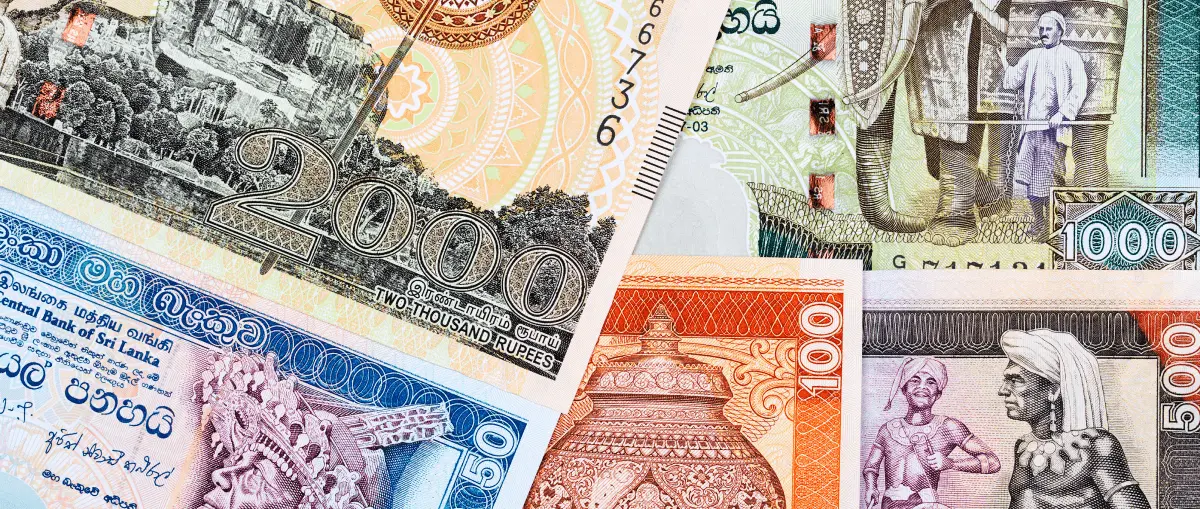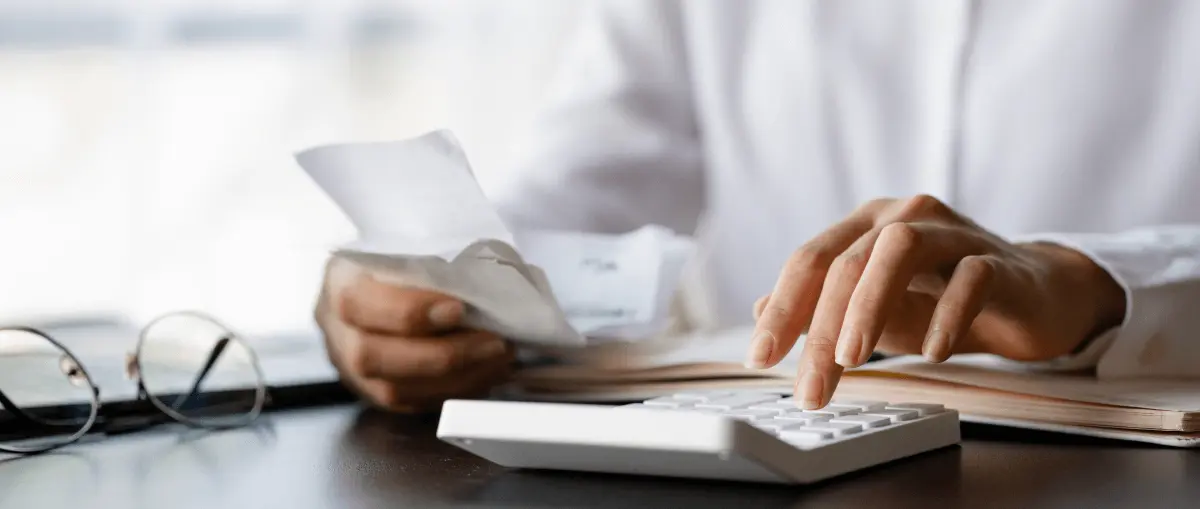
A trip to the grocery store always means that you will walk out with your wallet feeling a little bit lighter, especially if you…

While it is not always easy to avoid or prevent emergencies, you can eliminate some of the financial sting of dealing with such these unpredicted events if you have some emergency savings stashed away.
Emergency savings or emergency fund is basically a separate bank or savings account used to offset or cover the expenses associated with an unanticipated situation. This is different from a nest egg and is not part of your long-term savings plan for other needs such as college tuition, a vacation, or a new car. This fund will serve as a kind of safety net instead that you will only use if an emergency takes place.
Although the size of your emergency savings will differ according to your lifestyle, income, dependents, and monthly spending, the general rule of thumb here is to allocate a minimum of 3 to 6 months’ worth of expenses. You might find this amount a bit discouraging at first. However, the main goal here is to set aside a small amount every one or two weeks to achieve this. You can also try to adjust the amount according to your job stability, family needs, bill obligations, and many other factors.
It is best to put your emergency fund in a bank account that earns interest, like an interest-earning or money market savings account that you can access easily with no penalties or taxes. It is not really wise or advisable to place your savings for emergencies in stocks, mutual funds, or other similar assets since they may end up losing value if the time comes that you need to access them immediately.
The main goal here is that you will only be tapping into your emergency fund if there are expenses that are directly related to an unforeseen emergency. Through setting a certain amount of money that must always be in this account, it will be easier for you to determine how much you need to build up to.
Every time you draw from your emergency fund, you will also know how much you need to contribute so you can have the account replenished. If the time comes that you need to take some money from your emergency savings, it is also important that you start to rebuild it right away. Always remember that if you start to save as early as now, any money you can save today will go a long way to help you meet your financial needs should an emergency happen, hopefully not, in the near future.

A trip to the grocery store always means that you will walk out with your wallet feeling a little bit lighter, especially if you…

People learn lessons from failures. But, when it comes to budgeting, you cannot really afford a lot of failures or else, your finances will…

Now more than ever, credit cards have already become an important part of the lives of Sri Lankan thanks to the convenience they offer….

Every time economists have those long discussions about deflation, what they are referring to is that point when prices go down. As a regular…

It is expected that post-pandemic recovery will gain better momentum in the next several months. However, experts have laid down some potential scenarios that…

For most people, a personal loan is one of the first steps they take to achieve their dreams and goals. These loans can help…

Whether you like it or not, there will come a time when you will need financial help. Maybe you want to go on that…

The moment a couple decides to live together or get married, it naturally means that they will be sharing financial responsibilities from then on….

Fresh graduates and young adults in Sri Lanka often find it jarring to transition from spending their days at the school to entering the…